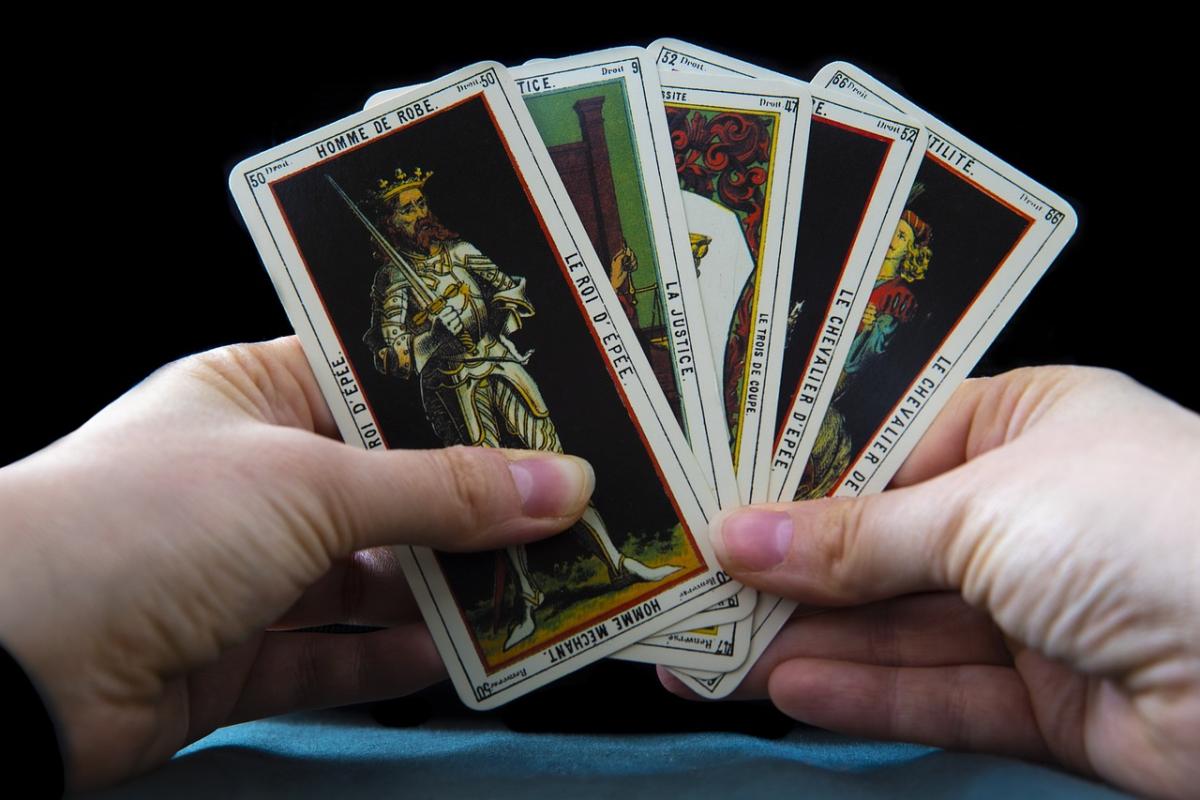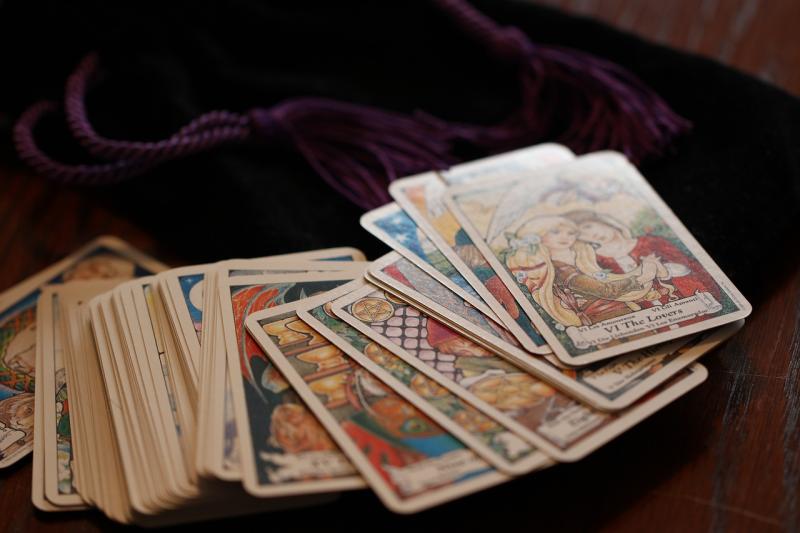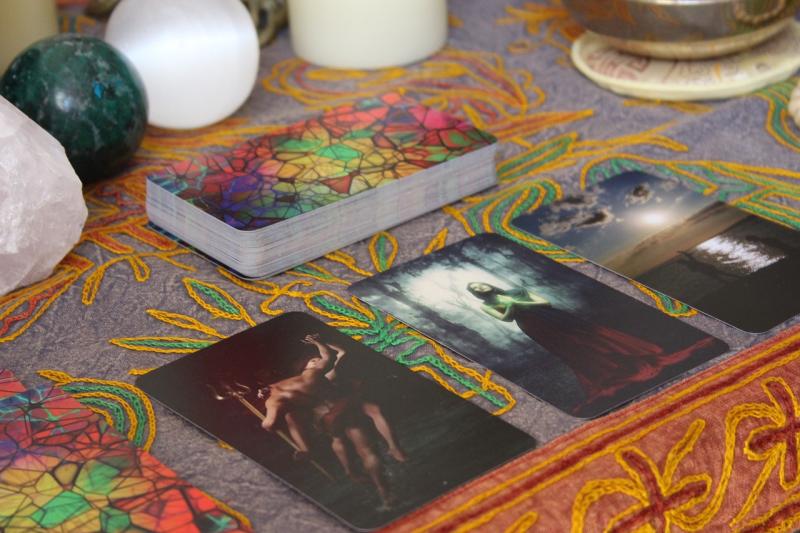If you're new to tarot cards, jumping in can feel a bit overwhelming. But, don't worry! Getting started is easier than you might think. First things first, you'll want to choose a tarot deck that speaks to you. There are tons of designs out there, each with its own vibe. Whether you’re drawn to classic Rider-Waite, or something more modern and artistic, trust your gut. Your deck is your personal tool; it should resonate with you!
Once you have your deck, take a moment to familiarize yourself with the cards. Spend time looking at each card, paying attention to the images, symbols, and colors. You don’t need to memorize every detail right away. Instead, start by getting a feel for the overall energy of the cards. You might even want to keep a journal to jot down your impressions and intuitive insights as you go along.
Now, let’s talk about how to do your first reading. Find a quiet, comfortable space where you won't be interrupted. Take a few deep breaths to center yourself. You can ask a specific question or focus on a general area of your life. Shuffle the cards while thinking about your question, then lay out a spread. For beginners, a simple three-card spread—past, present, future—is a great start.
As you interpret the cards, go with your instincts. Look at the imagery and consider what each card might symbolize in relation to your question. Remember, there are no right or wrong answers. Your understanding and connection to the cards will grow over time. Enjoy the journey, and don’t hesitate to look up meanings to deepen your knowledge. Happy reading!
Understanding the Tarot Card Deck
Getting to know the tarot card deck is the first step in your journey to mastering tarot reading. Each deck usually has 78 cards, divided into two main parts: the Major Arcana and the Minor Arcana. Think of the Major Arcana as the big players in the tarot world—they represent major life events and spiritual lessons. The Minor Arcana, on the other hand, covers the everyday experiences and situations we face.
The Major Arcana consists of 22 cards, numbered from 0 to 21. Cards like The Fool, The Lovers, and The Tower each have deep meanings tied to personal growth and transformation. When these cards show up in a reading, they often signal something significant happening in your life.
The Minor Arcana is broken down into four suits: Cups, Pentacles, Swords, and Wands. Each suit has 14 cards—10 numbered cards and four court cards (Page, Knight, Queen, King). Here’s a quick rundown of what each suit represents:
Familiarizing yourself with each card’s imagery, symbolism, and meaning can really enhance your readings. Try to take some time with each card, connect with its energy, and see how it resonates with your own experiences. The more you engage with the deck, the more intuitive your readings will become.
Interpreting Tarot Card Meanings
When you pull a card, take a moment to really observe it. Notice the colors, symbols, and the feelings that arise. Ask yourself questions like: What stands out to me? How does this card relate to my current situation? Paying attention to your first impressions can provide valuable insights.
It can also be helpful to familiarize yourself with the general meanings of each card. Here’s a quick cheat sheet for a few popular ones:
As you practice more, you’ll find that the real magic happens when you connect these meanings to your own experiences. Don’t rush the process. Every reading is a chance to learn and deepen your understanding of both the cards and yourself. Happy reading!
Tips for Confident Card Reading
Getting comfortable with tarot card reading can feel a bit daunting at first, but with some simple tips, you'll find your confidence growing in no time! Here are some friendly pointers to help you along your journey.
1. Trust Your Instincts: Each time you lay down the cards, listen to your gut feelings. Intuition plays a huge role in tarot. Instead of second-guessing yourself, allow your thoughts and feelings about the cards to flow. Remember, there are no right or wrong interpretations—just your unique insights.
2. Know Your Deck: Spend some time getting to know your tarot deck. Each card has its own story and meaning. Try reading the guidebook that comes with your deck, but don’t hesitate to come up with your own meanings based on what resonates with you. Personal connections make each reading more powerful!
3. Practice Regularly: Like any skill, the more you practice tarot reading, the better you’ll become. Set aside a few minutes each week to do readings for yourself or friends. Even journaling your thoughts on card meanings can help deepen your understanding and boost your confidence.
4. Create a Comfortable Space: Environment matters! Find a quiet spot where you won’t be interrupted. Lay out your cards in a way that feels right to you, and perhaps light a candle or burn some incense to enhance the atmosphere. A calm space can lead to clear thoughts and better readings.



